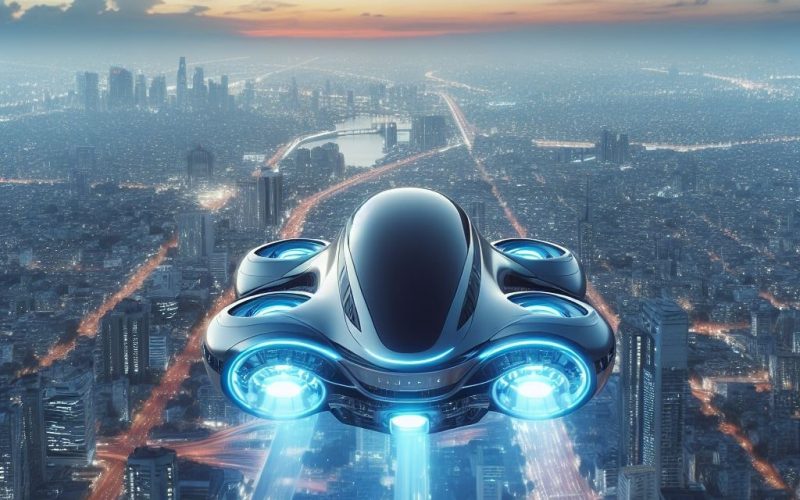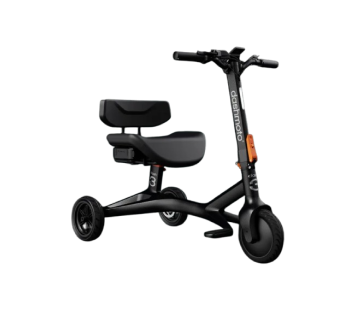In this tech-driven era, the transition of flying cars from the 5th Element to reality is no longer a possibility but an achievable goal. Cities around the globe are becoming busier and busier, so finding new ways to move around becomes really important, and here’s where the flying cars come into play.
As technology advances, flying cars are becoming increasingly real. Companies like Doroni, Terrafugia, PAL-V, and AeroMobil are making it happen right now. In the near future, the skies will be filled with flying cars, and the first models will be produced by them.
If you’re intrigued by the advent of flying cars and eager to explore flying car prices, you've come to the right place. I've meticulously compiled details on forthcoming models, including their anticipated launch dates and pricing strategies.
In this article, we will discuss the market landscape of flying cars, their prices, and the factors affecting them. If you’re interested in learning about the market landscape of flying cars, make sure to thoroughly examine the following section!
Table of Contents
Understanding the market landscape of flying cars
The flying cars market has seen a remarkable surge in recent years. Back in 2021, it was valued at $55 million, but experts believe it'll skyrocket to an incredible $1.5 trillion by 2040. This explosive growth is being driven by advances in technology, the growing problem of traffic congestion in cities, and a strong demand for faster transportation options. Major players in the industry, such as Airbus and Uber, as well as numerous startups, are all racing to develop flying car prototypes. Soon, their flying cars will set off to the sky and make our everyday commutes much more exciting and enjoyable.
One of the things that boosted people’s interest in flying cars is the COVID-10 pandemic. Oddly, the pandemic led to greater interest in flying cars. In 2022, the market saw an astonishing growth rate of 364%. However, despite this rapid expansion, significant challenges remain. Issues like creating regulations for flying vehicles, managing air traffic, and gaining public acceptance are all major hurdles that still need to be addressed.
Recent research indicates that the flying cars market will continue to grow rapidly. It's expected to grow really fast, about 35.2% every year from 2023 to 2032. By 2032, it's estimated that the market could reach a valuation of nearly $4 billion.
Flying Cars' price ranges
Flying car prices range from $170,000 to over $1 million. Aeromobil 4.0 is significantly costly, with an estimated price range of $1.3 million to $1.6 million. The cheapest flying car is the Samson Switchable, which costs $170,000.
After analyzing the prices of flying cars, the average price falls within the range of $300,000 to $400,000.
Recently, many startups, like Alef and others, have announced the release dates for forthcoming flying car models and their prices. In this section, we will discuss flying car prices, and in the next one, we’ll cover the factors that influence flying car prices. Anyway, before we dive into the factors, let’s talk a little about some of the models, their prices, and pricing strategies.
Alef Model A
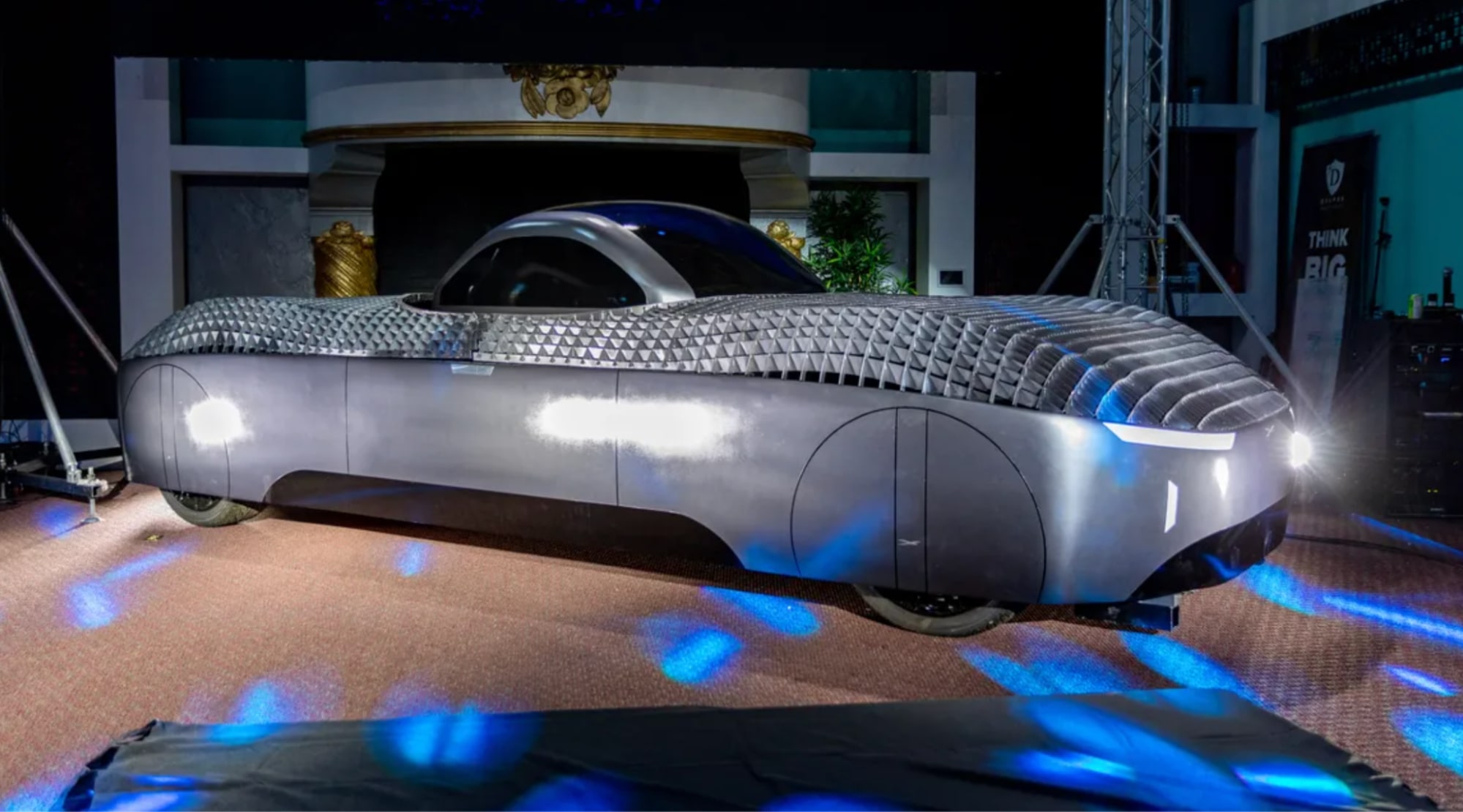
- Price: $300,000
- Availability: 2026
Alef Aeronautics plans to set the price at $300,000 upon its commercial launch, and it is intended to be released by 2026. With 2500 preorders already placed for this two-person flying car
The Model A is an electric flying car built for urban mobility. With a road speed of 25 mph and a flight range of 110 miles, this model is ideal for short daily commutes which can fill them with immense excitement and joy.
An important factor that is directly linked to the model’s price is its ability to rotate sideways while airborne. Both sides of this flying car become wings akin to a biplane. While the vehicle turns, the cabin stays upright by rotating against the car's body, enabling it to transition into forward flight mode.
The startup’s possible pricing strategies may include targeting early adopters initially and then transitioning to penetration pricing to broaden market appeal.
Doroni H1-X
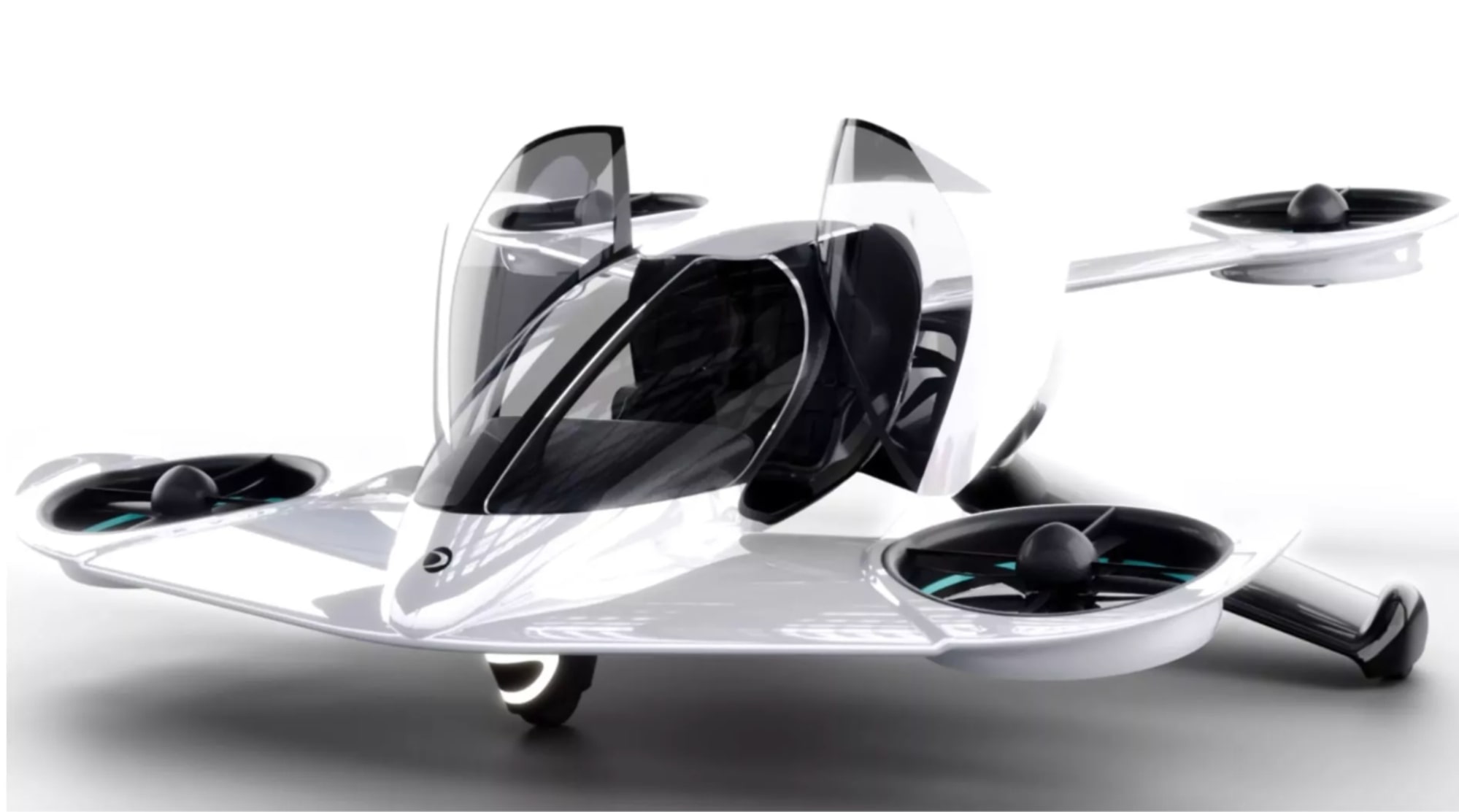
- Price: $300,000 – $400,000
- Availability: 2025
With semi-autonomous navigation and precision controls, the Doroni H1-X is one of the best future flying cars that enable effortless vertical takeoffs. The company has announced that customers can receive their first fully working units in 2025 with a flying cars price range of $300,000 – $400,000.
Some of the factors that affect the pricing of this model are its advanced landing capabilities. You can smooth land and control descents in various terrains, such as urban rooftops or even suburban driveways.
Also, the ergonomic design further contributes to this model’s high price. You can change this model in under 25 minutes and prepare for your next adventure in the sky. Considering these features, a couple of hundred thousand dollars for a flying vehicle is a decent price.
AirCar: BMW-engined Flying Car
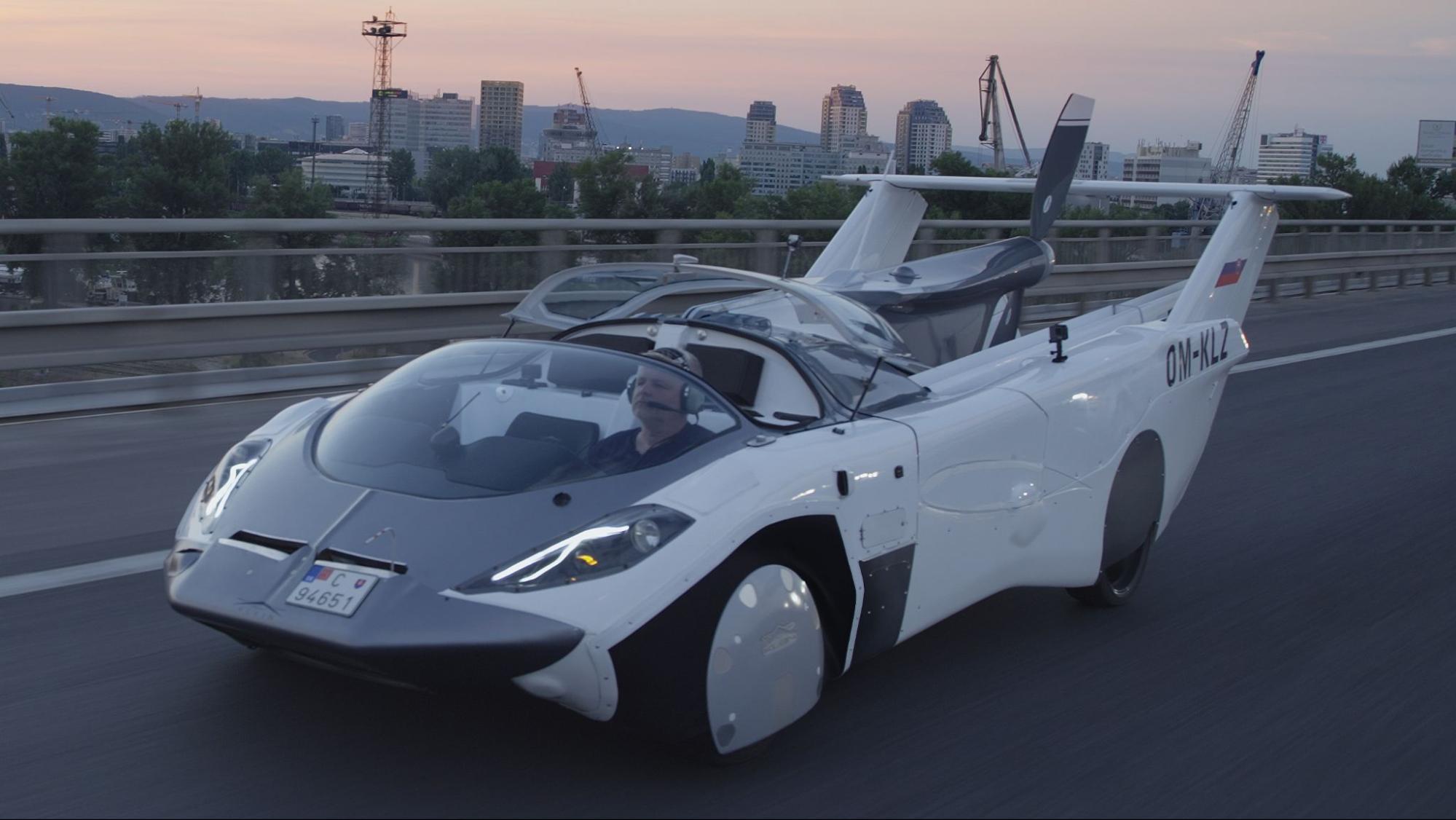
- Price: $500,000 to $1.1 million
- Expected release: 2024
After rigorous testing, the Slovak Transport Authority has granted this Slovakian AirCar an 'official Certificate of Airworthiness’ and is ready to be launched into the sky.
This BMW-engined flying car costs between $500,000 and $1.1 million. The two-seat AirCar is powered by a 160bhp 1.6-litre BMW engine. It can fly as high as 8,200 feet and travels at a speed of 118 miles per hour when in the air. Hopefully, taking all of these features into account justifies the price of this flying BMW car.
A newer version with a stronger engine is being developed, which will allow it to cruise at 186 miles per hour once certified in a year. Its wings and tail fold automatically for driving on roads.
Pal-V Liberty
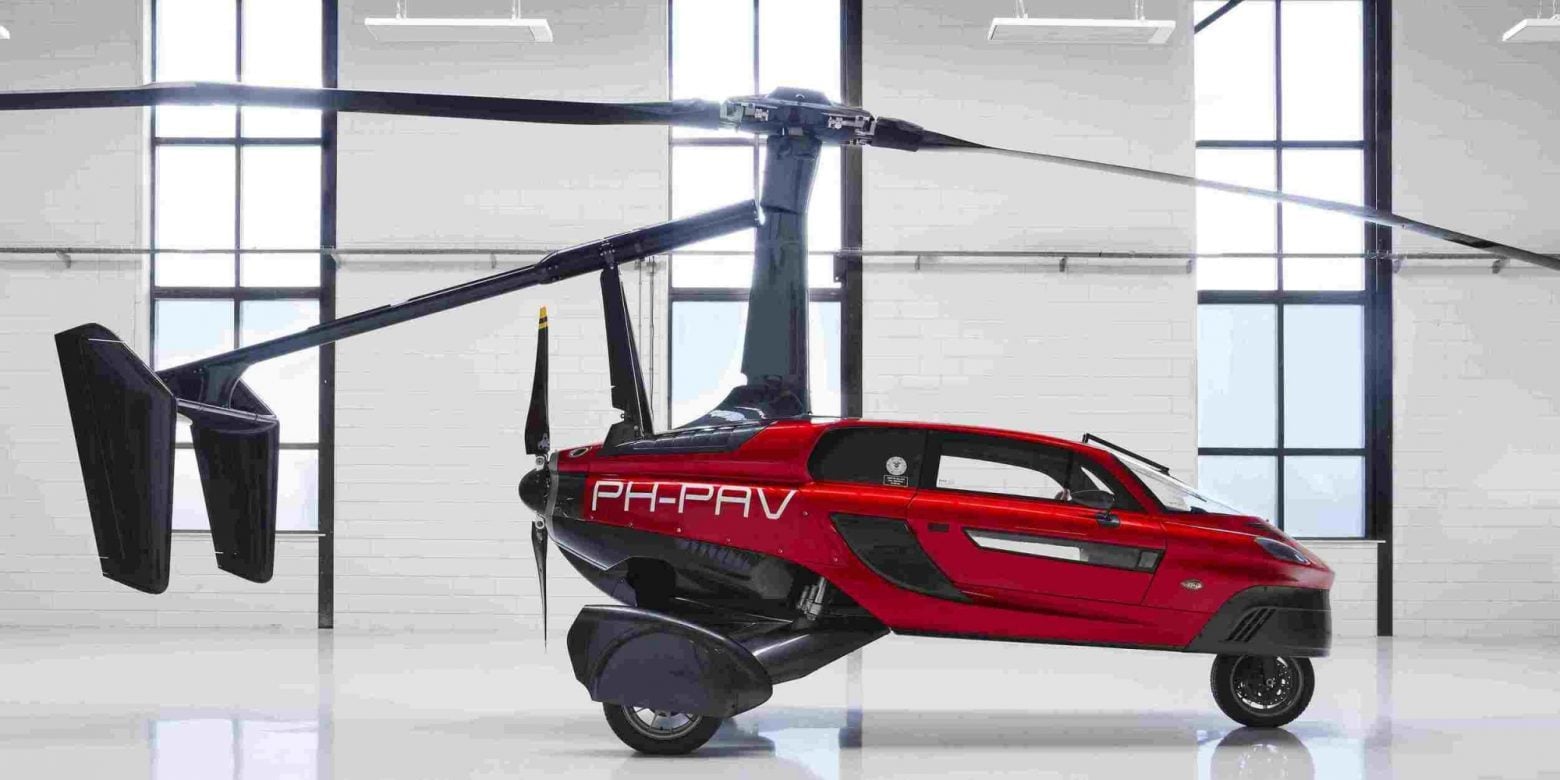
- Price: Sports €300,000; Pioneer edition will be €500,000
- Availability: Shipping in 2024
This flying car prices mostly range from three to five hundred thousand, and here, the sport edition price of this model is expected to start from €300,000, and the Pioneer edition will be €500,000.
This approach caters to diverse customer budgets and preferences. By providing options at different price points, PAL-V can attract various market segments while positioning itself as a premium brand. Also, offering customization options and "options to purchase" agreements enhances customer flexibility and satisfaction. PAL-V's gradual expansion from select European markets to global regions allows for effective market penetration and brand establishment.
The pioneer edition is one of the most anticipated flying cars of the future that is set to be launched in 2024. This flying vehicle is powered by e-fuels and hybrid fuel technologies and is designed for two persons.
Factors Influencing Flying Car Prices
Flying car prices are influenced by multiple factors. For one, advanced technology and innovation drive up development and manufacturing costs, and compliance with aviation and automotive regulations adds to expenses. Additionally, the establishment of infrastructure such as landing pads may impact costs and accessibility.
Market demand also plays a pivotal role as more people are looking for new ways to get around. Brand reputation, customization features, and maintenance services further contribute to pricing variations. Insurance costs are also significant as the cost of flying a car may be huge as the cost of mid-air collisions may also happen.
Technology and Innovation Costs
Flying cars require advanced technology for both flying and driving functionalities. The cost of research, development, and implementation of these technologies can significantly impact the final price.
Manufacturing Costs
Manufacturing flying cars involves meticulous engineering and specialized materials, which can be costly. Also, if production is limited, it can lead to higher costs per unit.
Infrastructure
Creating designated landing pads or airports for flying cars can influence their price, as you won’t want to land your flying car in the middle of the road with moving traffic. The availability and accessibility of infrastructure can also affect market demand and production costs.
Market Demand and Competition
Market demand and competition play a significant role in determining prices. If flying cars become widely desired and there is intense competition among manufacturers, flying car prices may decrease due to competitive pressures.
Brand and Reputation
It is no secret that established brands with a reputation for quality and reliability may command higher flying car prices for their aircars compared to newer or lesser-known manufacturers.
Regulatory Compliance
Compliance with aviation and automotive regulations further increases the price of flying cars, as the cost of development and production also rises. Ensuring safety standards, airworthiness certifications, and meeting emissions regulations can increase expenses.
Conclusion
The exploration of flying car prices shows a diverse range of pricing — from $190,000 to over $1 million for the forthcoming flying cars. Some of the most notable factors that contribute to the high prices of these flying vehicles are manufacturing costs, market demand, and building additional infrastructure such as landing pads.

